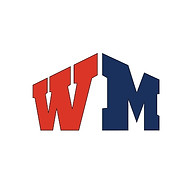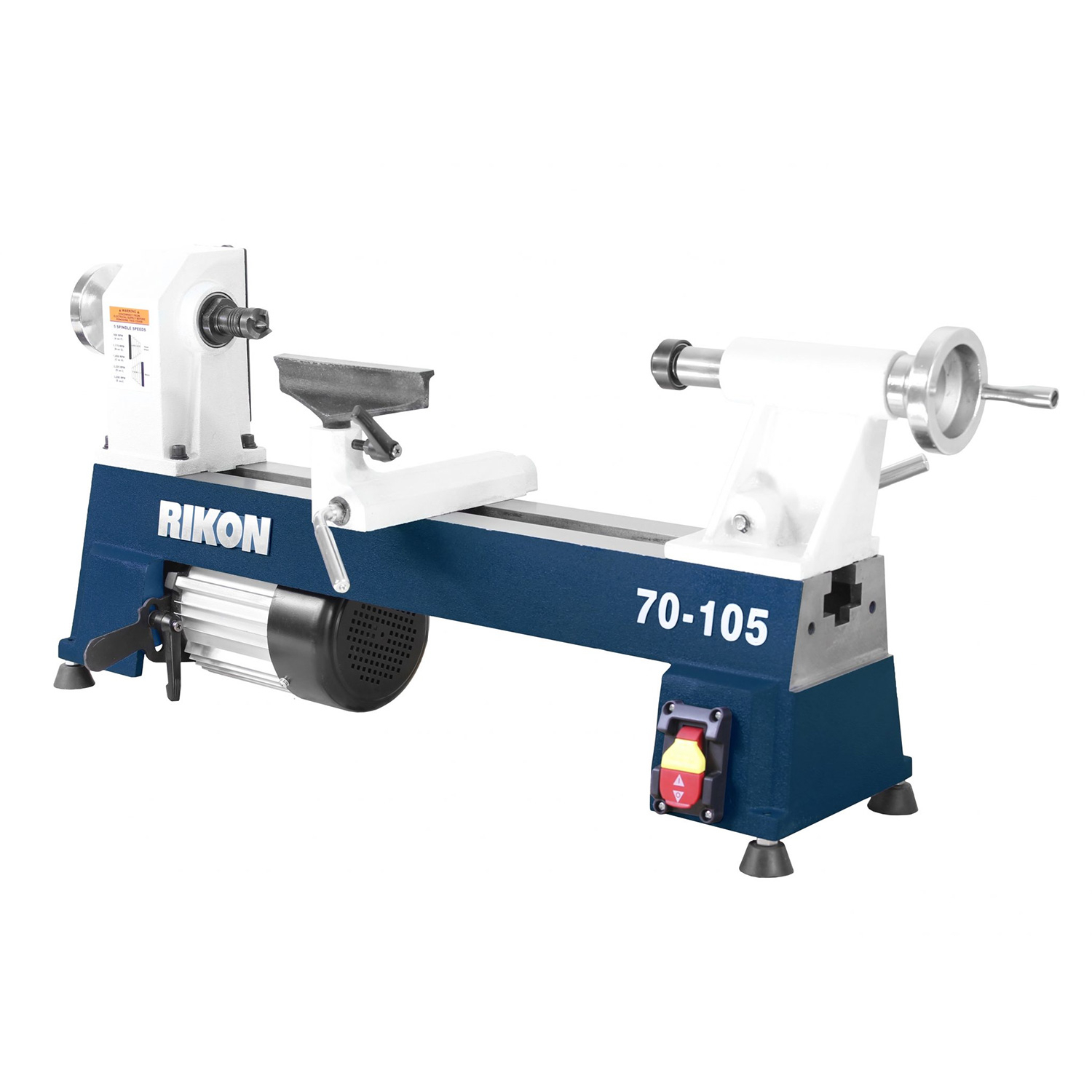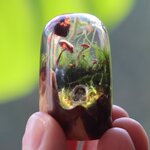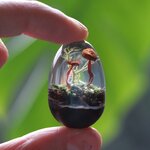That seems like a pretty good choice - surprising amount of swing, and with the option to add a bed extension. The motor horsepower seems to be a bit on the light side for the large swing, but you can learn to deal with that. I like the fact that it is reversible.
As to accessories - comments addressed to the items shown on the web page (these are my opinions - others almost certainly will differ):
Stand - you will need something to hold the lathe, but whether you need to purchase the stand offered by the manufacturer depends on whether you already have a bench or table you can use.
Bed extension - depends on what kind of work you plan to do. The extension will be useful if you intend to do long spindles. My own tendency would be to not rush into purchasing a bed extension, but rather to monitor the availability of the extension over time. Even if you don't plan on making long spindles, if you sense that the manufacturer might be planning to discontinue the extension, then it might be worth adding for the purpose of increasing the long-term resale value of the lathe if you ever decide to get rid of it.
Curved tool rest set - don't waste your money on this. If you get seriously into bowl turning, having a curved tool rest might be handy, but you could purchase a single aftermarket rest for a lot less than this set.
Carbide tool set - again, don't waste your money on this. First of all, you should try to learn how to turn with conventional tools - gouges, scrapers, skews, etc. They will give you a far better finish. That said, carbide tools do have their place (they make great hollowers), but you can purchase carbide cutters and make your own tools for a lot less than this set.
8-piece or 6-piece Conventional Tool set - again, a waste of money because you probably won't use all of the tools in the set, and tools in boxed sets tend to be inferior to individual tools. Start off by buying a good spindle gouge, parting tool, and skew, and then add other tools as your turning interests dictate. Over time you will add lots of tools - but it's always better to buy them individually rather than in boxed sets.
Other accessories that you may want to consider sooner rather than later:
Face mask - consider this to be an absolutely essential item before you turn anything. You definitely don't want to be hit in the face by shards from a blank that comes apart while spinning on the lathe.
Breathing protection - another essential safety tool. Usually not required while turning, but essential when sanding to prevent dust from getting into your lungs.
Sharpening/grinding accessory - this is a subject where if you ask six turners, they will offer you at least 12 opinions. Options include anything from a bench grinder to a belt/disc sander, or even a wet stone if you want to keep things very simple. But you will need a means to sharpen conventional turning tools - they don't come from the factory with a really sharp edge, and they dull very quickly. Conventional wisdom calls for a low-speed (1500 r/min in Oz) grinder with aluminum oxide wheels; I use a combination of things including a conventional high-speed grinder with a shop-made tool-grinding rig, a sanding disc that mounts on my lathe, and various diamond honing plates/paddles.
MT2 crown drive center - I almost never use the spur center that came with my lathe. A crown drive (aka 'Steb center') is a far better and safer drive center.
60deg cone type live center - far more generic than the standard live center supplied by the manufacturer
Scroll chuck - you will eventually want a four-jaw scroll chuck although there is an advantage in training yourself to find creative ways to mount blanks without a chuck. I opted for the simple 'tommy-bar' design although I think most people would get the slightly more expensive gear-drive version.
M30-3.5mm tap - I have found that having a tap that enables me to thread wood to screw directly onto the spindle of my lathe to be an extremely useful accessory - I have dozens of accessory chucks that I have made from scraps of wood rather than purchase specialty mounts - bottle stopper mandrels, screw chucks, face plates, friction drives, mounts for buffing wheels, etc.
 www.woodworkmachinery.com.au
www.woodworkmachinery.com.au
 www.woodworkmachinery.com.au
www.woodworkmachinery.com.au





